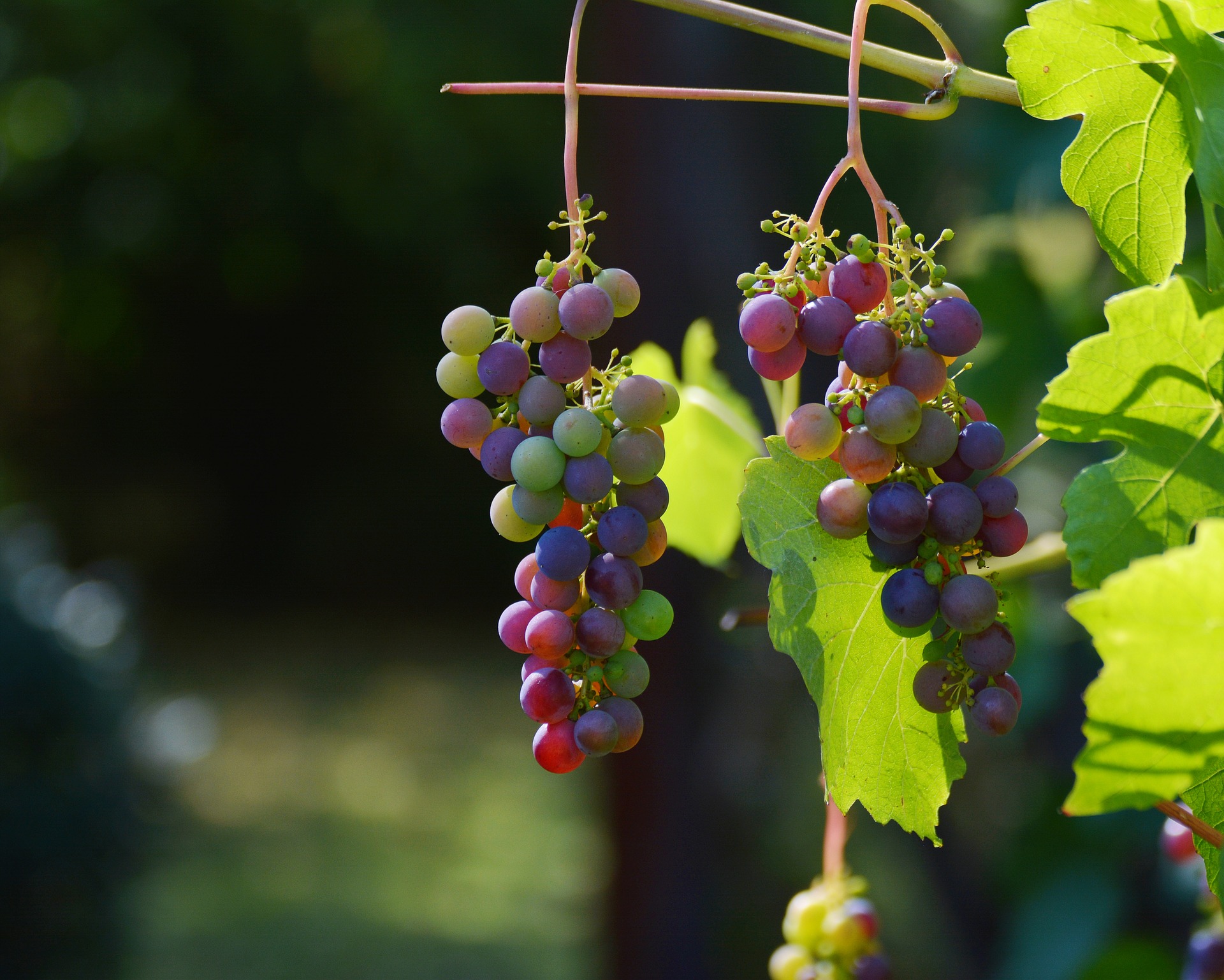
Why Tu B’Av Is Much More Than Just “Jewish Valentine’s Day”
When I was in elementary school, our Australian Jewish private school had a strict uniform, down to accessories: only navy blue knee-high socks or tights, and navy or royal blue hair bows or scrunchies. (It was 1993). Once a year, though, I remember that my sister and I whipped out the white frou frou barrettes we’d worn at our aunt’s wedding, and donned the white knee-high socks we wore on weekends. We’d get to school and there’d be Israeli dancing in the assembly area, following the steps announced by a heavily accented teacher. It was Tu B’Av, the date on the Hebrew calendar worth remembering and celebrating zestfully. With our white clothing and our dancing, we were almost, if not quite, imitating the traditions of our ancestors.
Ancestors—aka the ladies of Shiloh. The maidens of ancient Israel and Judea who each year at the grape harvest would celebrate ecstatically with dances through the vineyards and onto the wine press. As they squeezed the grapes with their bare feet, they drew the glances of young men who came to the annual festival to find their chosen wives. And with it, the most unusual mating ritual until The Bachelorette. Maidens garbed themselves in white dresses, perhaps imagining themselves as Anne Shirley’s “heroine in a white muslin dress,” looking their best for their gentlemen suitors––but with a catch. No woman wore clothing that was her own. The poorest maiden wore elaborate dresses from her rich neighbors, while the daughter of the mayor borrowed a simple shift from an acquaintance. The maidens would call out across the fields at the gentlemen spectators, shouting out their traits as if in a cattle market.
“Look not to riches, for a woman with pious deeds is worth more than rubies!” The daughter of the baker would shout.
“Worry not about the beauty of your wife, for far more important is her family and illustrious ancestors!” The daughter of the Torah scholar who did not meet conventional beauty standards might announce.
Each woman would find ways to showcase the value of her particular brand of beauty—while, the Talmud tells us, criticizing the conventional modes of beauty that might be priorities for others.



